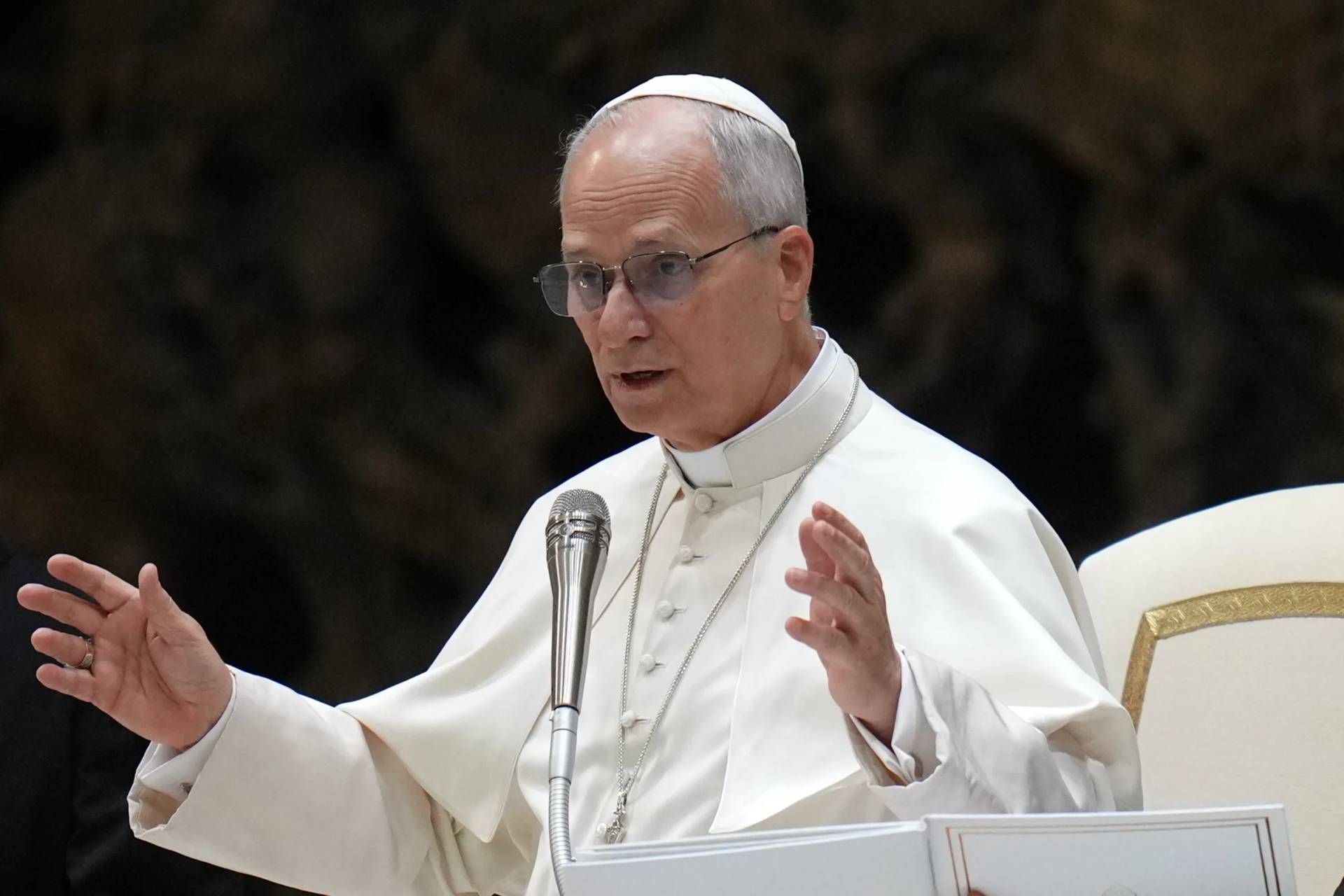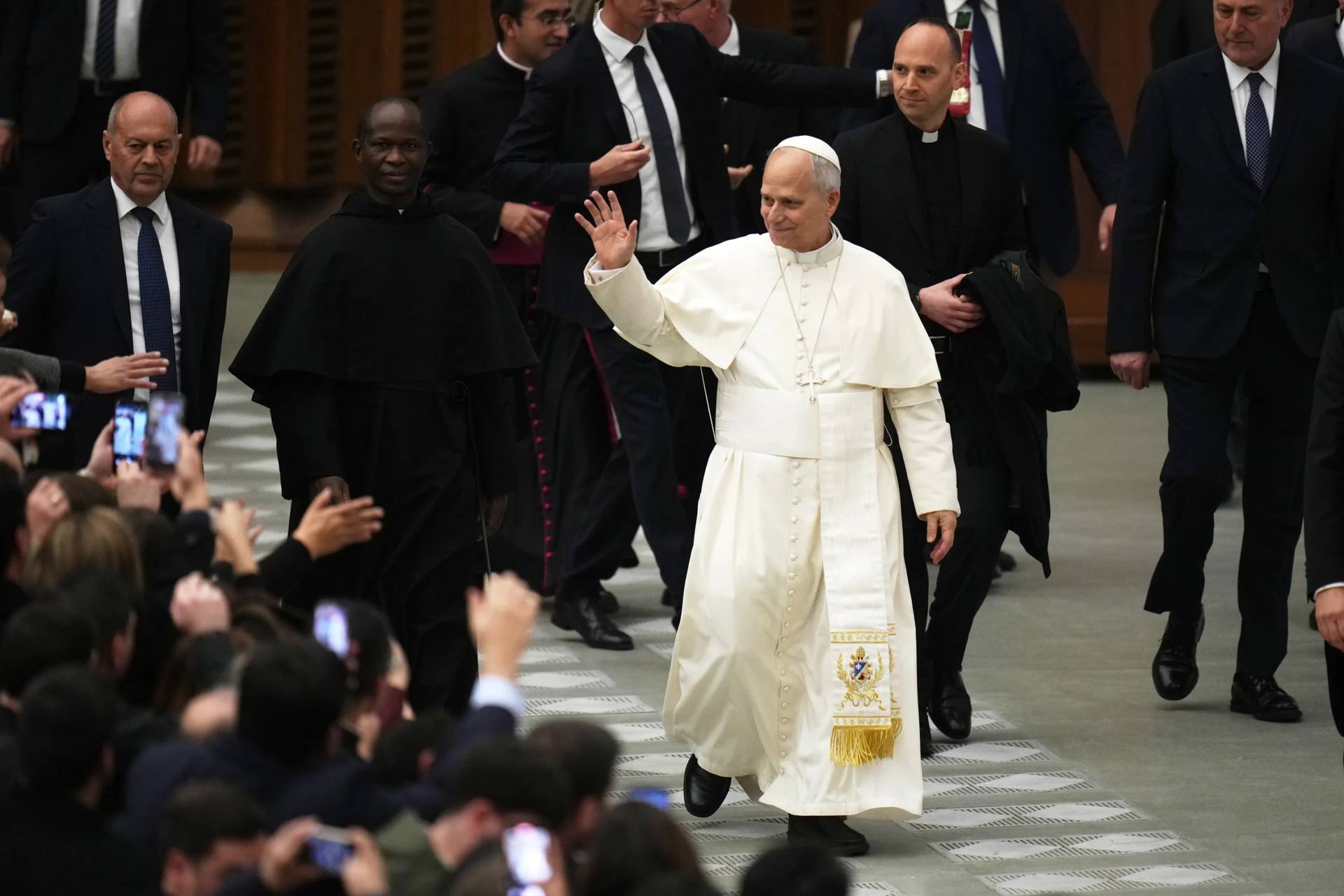This Sunday, we continue our walk through Ordinary Time. The Scripture readings of the liturgical season are designed to remind us of the various aspects and demands of Christian discipleship. As such, the season presents a repeated invitation for believers to recommit themselves to the Lord Jesus.
In approaching the Scripture readings of Mass, we have to choose: Will we simply sit for the readings and allow our minds to be elsewhere, or will we engage the readings and seek divine wisdom?
Anytime we make the decision to enter into the Scripture readings at Mass, we are diving into an amazing, supernatural dynamic that creatively and unexpectedly reveals the love of God and the harmony and beauty of his providential words and deeds in the course of salvation history.
The Scripture readings are not antiquated literature, or solely revered ancient texts, they are a living word with the power to transform and shape our minds and hearts. The living word is even more pronounced when they are proclaimed – and received – within the Mass, since those very words become flesh in the Eucharist and can be encountered in a more personal and profound way.
In order for us to receive the word of God in an active way, we need to understand how they are organized and structured within the liturgy.
The desire to grasp this interior logic will lead us to recognize the interaction between the First Reading and Gospel, as well as the application or theological explanation that’s provided in the Second Reading of the Mass.
There are not two gods, nor a God of the Old Testament and a God of the New Testament. There is one God and one plan of salvation. This plan was fulfilled and recorded in two testaments, simply called the Old Testament and the New Testament. As described by the early teachers of the Christian faith, the task of Christian catechesis is to learn the interaction of the two testaments and the series of covenants by which God prepared for and sent the long-awaited Messiah, the Anointed Savior of humanity.
This very exchange and dynamic between the Old Testament and New Testament is found in the Scripture readings at Mass. Outside of the Easter Season (which is its own catechesis), the First Reading is some part of the Old Testament that conceals the New Testament, while the Gospel Reading is the fulfillment of that very passage from the Old Testament.
By understanding this interaction, the believer – within the very Mass itself – can see the harmonious back-and forth within the Bible itself and can come to a deeper acceptance of Jesus of Nazareth as God and Savior.
Let’s apply this structure to today’s readings.
The First Reading is from the prophet Isaiah. It recounts the rejection and abuse that the Messiah will endure when he comes. The Messiah – that Anointed Savior of humanity – will be a man of suffering and sorrow. He will not receive worldly fame or accolades. He will be a man of persecution and affliction. This leads us to our Gospel Reading from Saint Mark. In the passage, the Lord Jesus prophesizes that he will suffer greatly and be rejected (which we see later in his Passion and Death). The Lord then calls his disciples to deny themselves, accept the cross, and follow him.
The Lord is fulfilling the prophesy of Isaiah. The Church gives us this biblical teaching as instruction, but also as an invitation. If we choose to follow the Lord Jesus, we must be willing to take up our cross.
And it’s this lesson that leads us to the Second Reading, which is almost always from an apostolic letter of the New Testament. It develops the lesson Mother Church seeks to pass on to her children during the Mass.
Our Second Reading today is from the Letter of James. The apostle exhorts us that faith needs works and that any faith without works is dead. The point certainly emphasizes the call to the cross and the summons to deny ourselves.
In order to be disciples of the Lord Jesus, we must move beyond lip service and show by our actions and way of life that we truly follow the way of the Crucified and Risen One. We show by our deeds that we have accepted the mandate to deny ourselves and to live in service to God and our neighbor.
The structure of the Scripture readings within the Mass help us to encounter the living word and to recommit ourselves to the Lord Jesus. They lead us to participate in the Word becoming flesh in the Eucharist and to receive that Eucharist within our own souls, so that we can then leave the place of worship and truly live our discipleship and show ourselves to be followers of Jesus Christ.
Follow Father Jeffrey Kirby on Twitter: @fatherkirby














